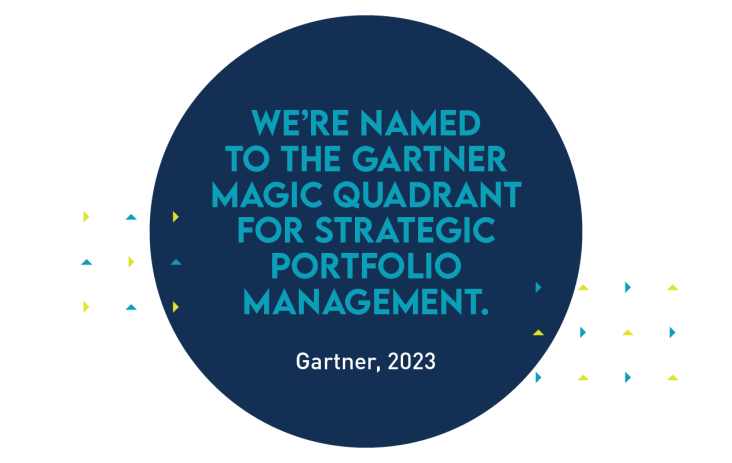Ensure all initiatives, spending, and resources are aligned and stay in sync with your strategic priorities. And doing this just got easier. We provide strategic planning, investment governance, and portfolio execution controls to maximize your investments.
Talk to us about
Application Management
Apply a structured approach to the management of technology assets.
Engineering
Optimize outcomes within complex portfolios for engineering and construction.
New Product Development
Optimize revenue and accelerate the delivery of solutions to market.
CROSSING THE GREAT DIVIDE: STRATEGY TO EXECUTION
Watch this on-demand webinar to learn why strategic portfolio management is the key to transformation success, acting as the glue that connects all your business initiatives to your wider business objectives.

Software with an Edge
We’re thought leaders, boldly bringing business agility to our clients. Our formula is simple: Equal parts executional excellence and robust strategic portfolio management software capabilities.
Software Integrations
















































